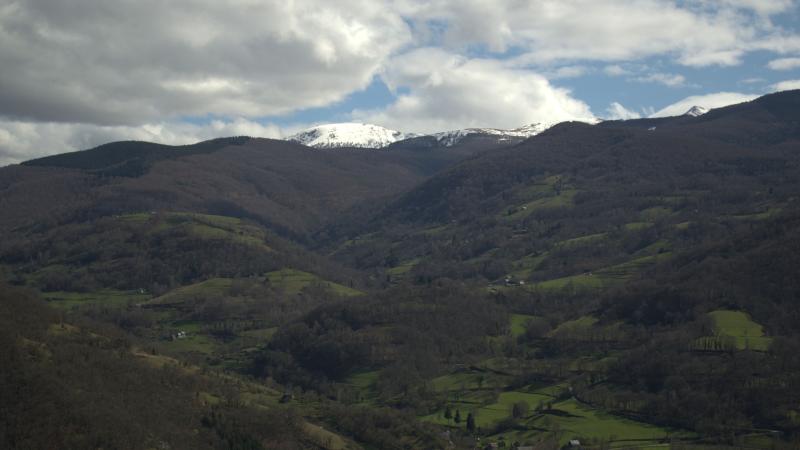
Climate change is here and governments around the world are trying their best to stem its debilitating impacts. REDD+ (Reduce Emissions from Deforestation and forest Degradation), a programme to encourage the sustainable management of existing forests that take in large amounts of greenhouse gases, is a step in this direction. However, there are technical difficulties in measuring the effectiveness of REDD+. Scientists from the Center for International Climate Research, Oslo and the Indian Institute of Science, Bangalore have now combined different methods in an attempt to address these difficulties. By combining the knowledge from characteristics of forest plantations and the market forces that forest managers respond to, current methodologies that measure REDD+ effectiveness can be improved. The scientists also found that management of REDD+ projects have consequences at the national and international levels. In places where the forests protected under REDD+ grow slowly, outside forests cater to the demand and thus, prices for forestry products do not increase widely. In contrast, in places where forests grow quickly, there is no such need to increase production in outside forests and thus, prices rise up in the first year. These differences are, however, ironed out over time by market forces. Responses to forest characteristics have consequences for the amount of carbon swallowed by the forests – protected and unprotected -- due to either change in production or change in carbon storage. In places that have a chance to adapt better to market forces (like in places with slow-growing forests), the costs of implementing REDD+ projects increase. But it is also important to consider indirect effects. When forests are protected, those who buy timber and other forestry products will turn to unprotected plantations to make up for this deficit. Prices and volume of forestry products from these unprotected plantations will increase. This has a cascading effect on the local economic market which also seeps into the foreign trade. By combining the best of different approaches and by considering different perspectives, the current work can now tell us if REDD+ projects are effective.





